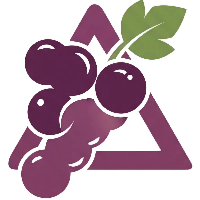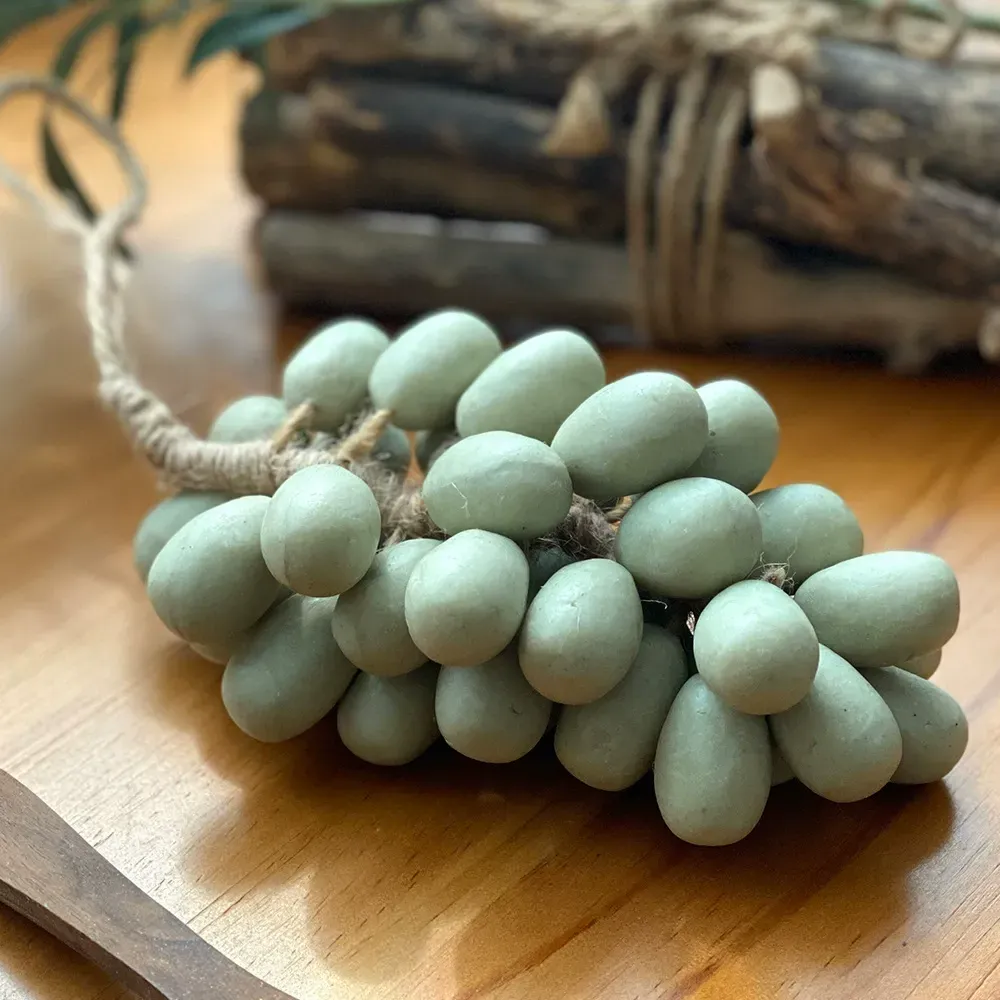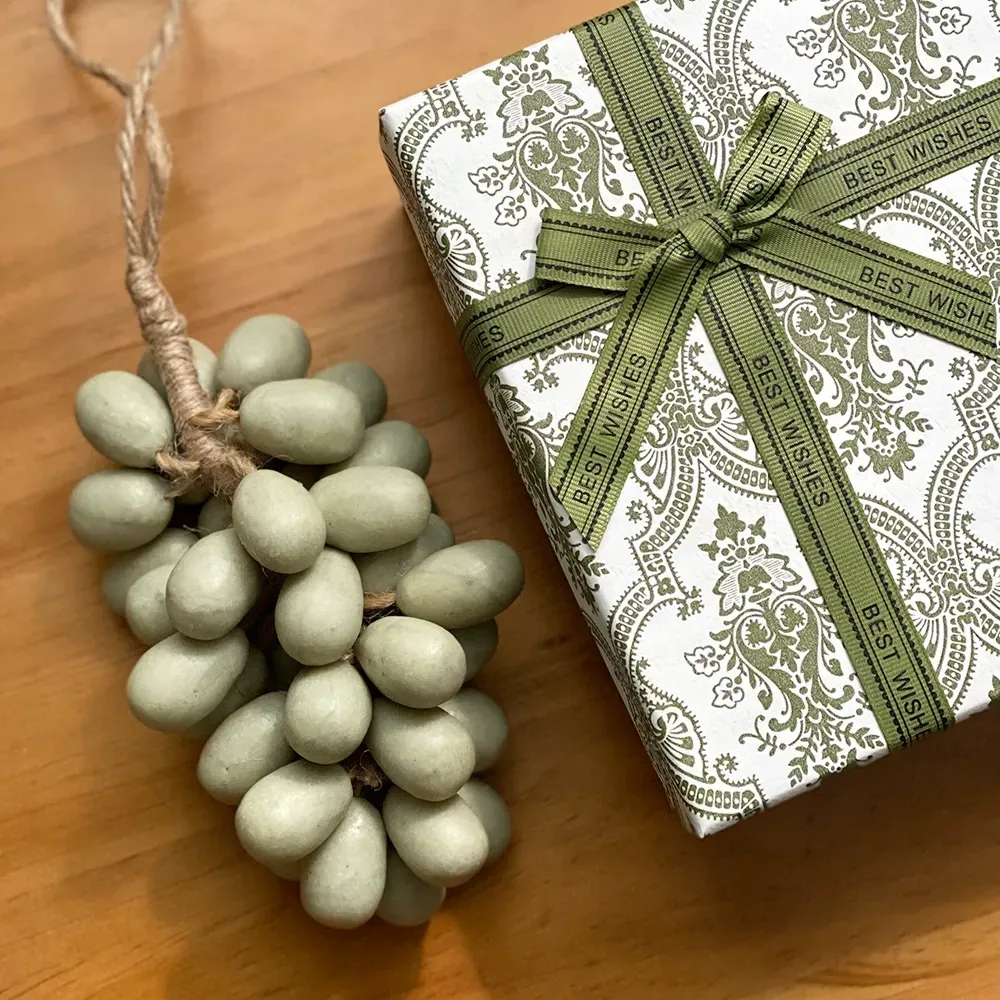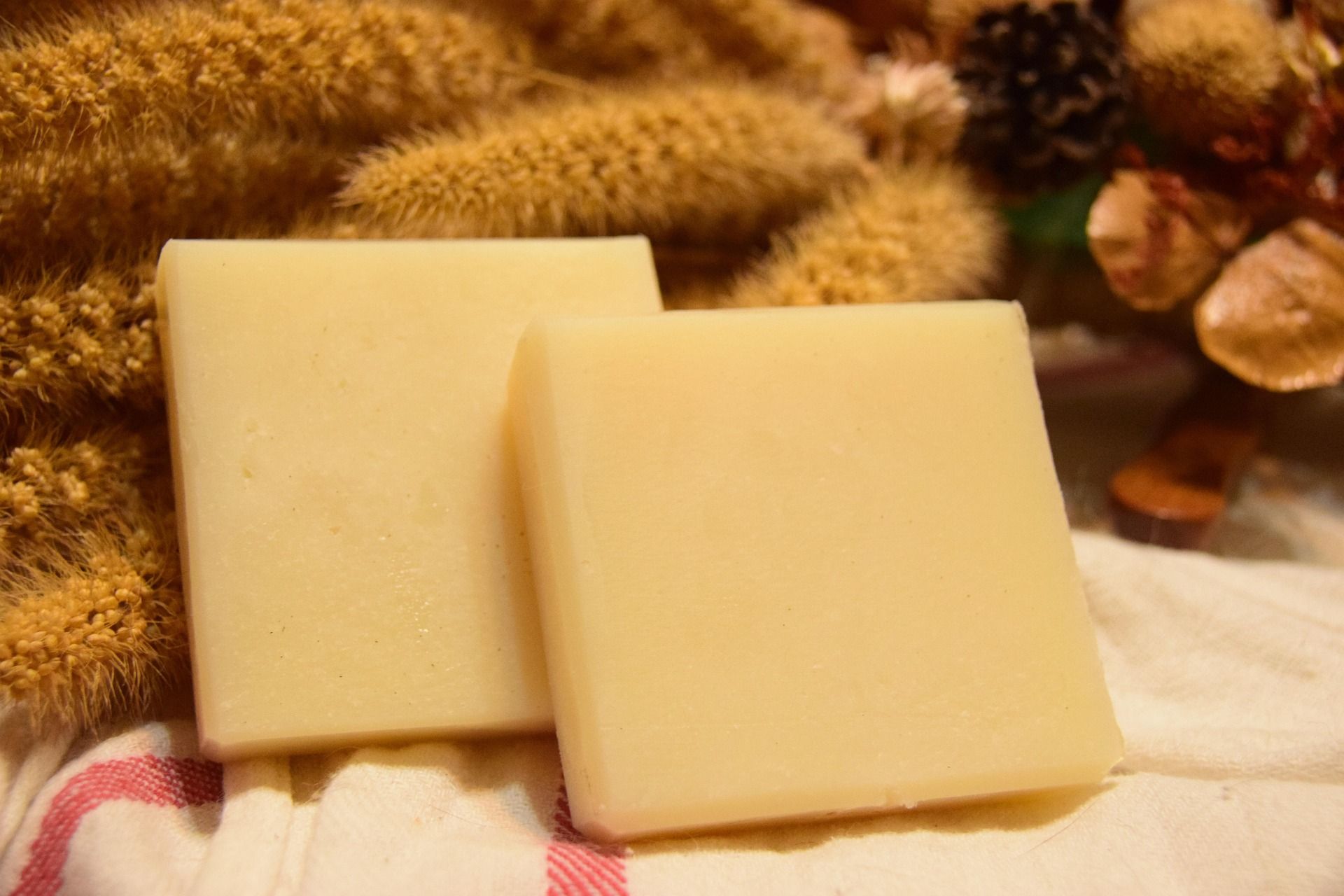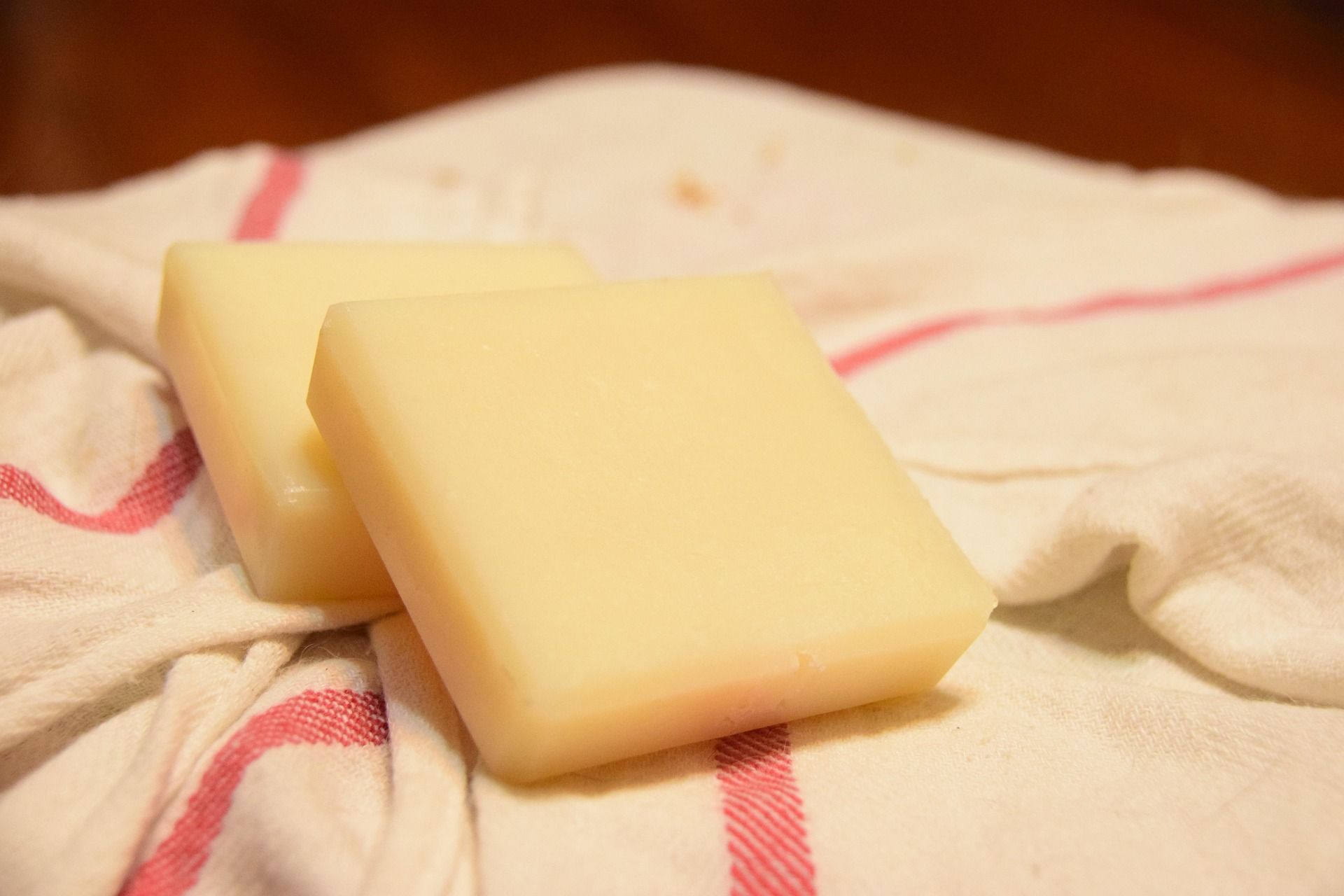Goat milk soap is praised as "liquid gold" for sensitive skin due to its gentle and moisturizing properties. It's rich in fatty acids and vitamins that effectively nourish the skin and soothe dryness. Unlike many commercial cleansers, fresh goat milk soap retains more natural nutrients, making every cleanse a luxurious experience.
Today, we'll share a classic fresh goat milk soap recipe and provide a detailed guide on the exclusive techniques needed to make it, ensuring you can succeed even if you're a beginner!
Exclusive Tips for Making Goat Milk Soap
The most critical step in making goat milk soap is handling the sodium hydroxide. The proteins and sugars in goat milk can scorch and produce an unpleasant smell when exposed to high heat. The following two tips will help you perfectly solve this problem:
Frozen Goat Milk: Before you begin, pour your fresh goat milk into an ice cube tray and freeze it. This will maximize its ability to absorb the heat generated by the sodium hydroxide.
The Ice Bath Method: While dissolving the sodium hydroxide, place the container holding the milk into a larger bowl of ice water to keep the temperature consistently low.
Fresh Goat Milk Soap Recipe & Required Materials
[Recipe] (Total weight approximately 800 grams)
Oil Phase:
Olive Oil: 300g
Coconut Oil: 200g
Palm Oil: 200g
Lye Solution Phase:
Sodium Hydroxide (NaOH): 96g
Fresh Goat Milk (frozen into cubes): 240g
[Required Tools]
Digital scale (accurate to 1g)
Stainless steel pot or glass container (for melting oils)
Heat-resistant plastic or stainless steel container (for mixing lye)
Stirring rod or stick blender
Silicone soap mold
Two thermometers (to measure the temperature of the oils and lye solution)
Safety Gear: Goggles, rubber gloves, and a mask
Detailed Handmade Soap Making Steps
Step 1: Safety Preparation & Weighing
Put on all your safety gear.
Accurately weigh all your ingredients, including the oils, sodium hydroxide, and frozen goat milk, and set them aside.
Step 2: Making the Lye Solution (The Most Important Step)
Place the frozen goat milk cubes into a heat-resistant container.
Set the container into the ice bath.
Slowly and in small amounts, pour the sodium hydroxide into the frozen goat milk while stirring constantly.
You'll notice the milk's color might change from white to a light yellow or orange, and steam may rise. This is normal, so don't be alarmed.
Continue stirring until the sodium hydroxide is completely dissolved and the temperature drops below 40°C.
Step 3: Melting the Oils
Place the coconut oil and palm oil in a stainless steel pot and heat them until they are completely melted.
Add the olive oil and mix everything thoroughly.
Let the oils cool to around 45°C so the temperature is similar to the lye solution (a difference of no more than 5°C).
Step 4: Mixing & Stirring
Slowly pour the lye solution into the oils while continuously stirring.
Continue to stir until the soap mixture reaches "Trace" (T-P-O) state.
Light Trace: The mixture looks like thin yogurt, and a dropped trail leaves a slight mark on the surface.
Medium Trace: The mixture resembles custard, and a dropped trail can sit on the surface for a moment.
Heavy Trace: The mixture becomes very thick, like pudding.
Beginners are advised to stir to a medium trace, as it's easier to pour into the mold.
Step 5: Pouring into the Mold & Insulating
Pour the soap mixture into your prepared mold.
Cover the mold with plastic wrap, then wrap it in a towel or blanket to insulate it (this is often called the "gel phase").
Step 6: Unmolding & Curing
Wait 24 to 48 hours. Once the soap feels firm, you can unmold it.
Cut the soap into bars and place them in a well-ventilated, dry area.
The curing period usually lasts for 4 to 6 weeks. During this time, the soap will continue to harden, and its pH level will slowly decrease, making it milder.
Congratulations! After waiting, you'll have a truly pure, gentle, and moisturizing fresh goat milk soap that you made yourself. Enjoy the satisfaction and the wonderful care it provides for your skin!
